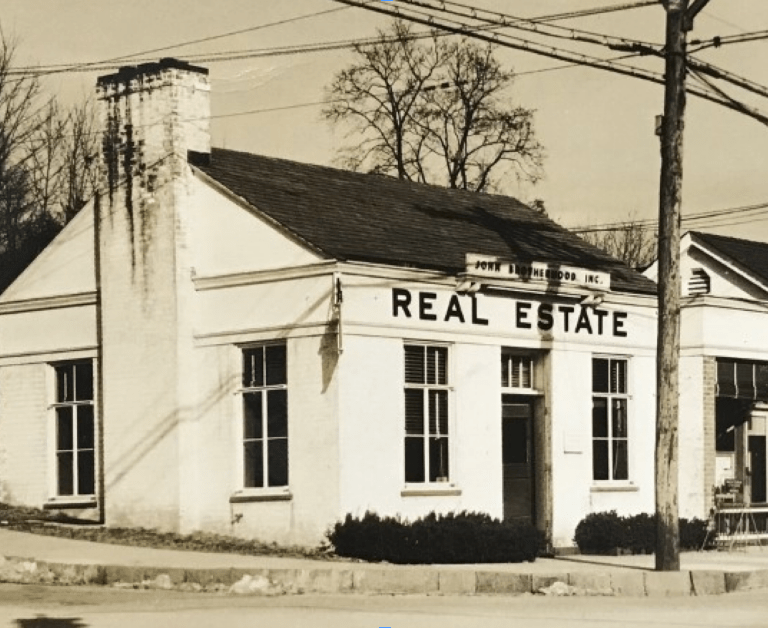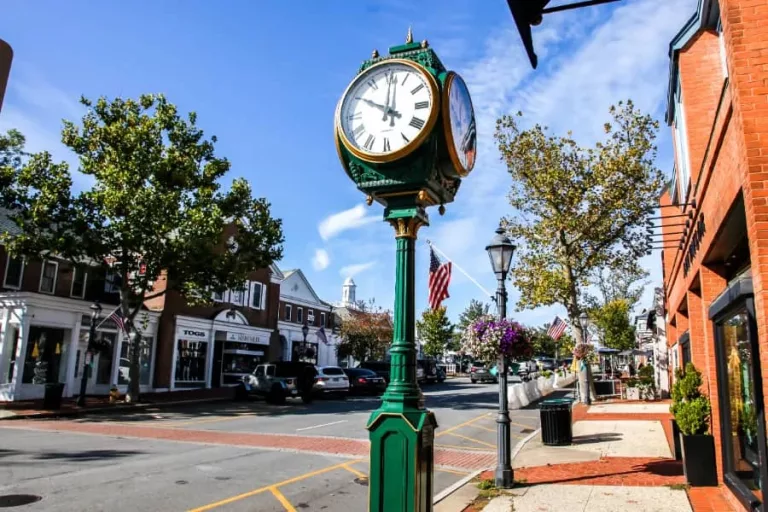By John Engel
“I’m fascinated by the art of decision-making, especially when it comes to where to live, where to go to college, and where to send your kids to school.”
—Luke Skurman, Niche founder.
Real estate values correlate highly with school quality in this area. We spend a lot of time thinking about real estate values and about decision-making. But what about school quality, and is school ranking an influential factor on our housing market? It’s easy, and frankly lazy, to focus entirely on national macroeconomic forces such as interest rates, inflation, the stock market, and unemployment. That data is easy to acquire but it does not explain much about the changing motivations for buying in towns like New Canaan. When it comes to real estate market reports in Fairfield County, we should be looking at the schools, taxes, quality of life, commute, and job market — and probably in that order. Since quality-of-life is difficult to measure and the commute and job market are different for everyone, I’m going to focus on how schools impact real estate values, where we get our data, and just how big an impact they have on housing prices.
Isaac Pariser’s Berkeley study of 50,000 homes finds that school quality “has a significantly positive effect on both prices, rents, and price-rent ratios, indicating that school capitalization is greater in prices than rents” by 2.8 times. Why don’t renters pay up?
We know 91% of buyers consider school zone boundaries, 31% of them rank schools as the third- most important factor, and 25% say schools were the deciding factor in their decision to buy. As a result, potential homebuyers are willing to pay 3-4% more for a one-standard- deviation increase in school quality. As a realtor, this feels true: all buyers are seduced by the promise of good schools, not just parents. While empty nesters do not directly benefit from buying into a “better” school zone, they factor it into their resale analysis. Pariser’s study asks, Why does the “better school” rental market lag behind?
It has been my observation that buyers talk about the “investment” they are making, and there seems to be a bias that higher quality produces a higher return, while renters tend to talk about the “expense” of renting, and they value the convenience of short-term commitment. Finally, the study finds this difference between buyers and renters response is largest in more affordable homes and in response to elementary schools.
Given the fact that quality
schools cause buyers to pay up, where are they getting their information? Two lists dominate the discussion on school quality
Niche, founded in 2002 by students at Carnegie Mellon, quickly became one of the fastest growing companies in the nation and has been since 2013 a free website offering 130,000 school profiles and 140,000 reviews and ratings from students, parents, and alumni. The website has been visited 8 million times this month and dominates the ranking conversation nationally when it comes to schools below college level.
U.S. News & World Report,
born in 1948 from the union of a newspaper and magazine, is now neither. They discovered back in 1983 that ranking colleges and universities was profitable, and now they rank cars, hospitals, and everything in between. But few franchises in higher education are as contentious as the U.S. News rankings. Over the decades, they’ve faced trouble with manipulated data and murky methodologies. I first learned of this on Malcolm Gladwell’s June 8, 2023, podcast. In 2022, Columbia University cheated, rose in the rankings to #2, and promptly fell the next year to #18. Now Columbia (and 5.4% of all schools) has elected not to participate in the rankings, after which Columbia rose to #12 and had their second largest applicant pool and lowest acceptance rate (3.9%) in its history. This suggests to me that ranking isn’t everything, public perception is hard to change, and rankings are largely inelastic.
So, what about public school districts? U.S. News doesn’t rank them. Nor elementary schools. U.S. News top 200 public high schools in the nation contains no Connecticut schools, a glaring omission. In fact, only 27 states made the list. Their top 10 in Connecticut includes four local public schools: Darien, Weston, Greenwich, and Staples. New Canaan is unranked. Because they only look at Dept of Education data, I think the lack of a ranking has to do with only 72% of CT students taking AP tests. In the middle school category, Saxe Middle School is ranked #3 in Connecticut. The #1 school is exotic and tiny, The House of Arts, Letters and Science. Coming in #2 is Eastern Middle School from Greenwich’s priciest neighborhood, Riverside. Rounding out the top 10 were Wilton, Fairfield, Darien, and Trumbull, with Stamford’s Charter School at #12.
GreatSchools, a nonprofit founded in 1998, rates most Connecticut schools but doesn’t rank them. And, most of the reviews are a few years old. Maybe that’s why site traffic is a quarter that of Niche at two million per month. New Canaan schools all scored either 9 or 10 on a 10-point scale, as did all public schools in Darien, Westport, and Wilton. Greenwich fared worse, with five of 12 schools failing to achieve at least a 9 out of 10.
How much are good schools worth? It’s tough to find an apples-to-apples comparison but I compared towns adjacent to New Canaan with similar taxes, similar commute, and a rural feel. Wilton is rated A by Niche with A+ schools. Stamford is also rated A with B schools. The tax rate is 13% higher in North Stamford, so all things being equal, the price of a similar home should be 13% lower in North Stamford. Using median- price-per-foot compares houses of the same size. We found price-per- foot in Wilton is 22% higher than that of North Stamford, supporting the argument that school quality could account for a 9% difference. Looking at median sale price over the last 12 months, Wilton is $1,150,000 and North Stamford is $1,001,500, a 15% difference and supporting Pariser’s argument that school quality across a standard deviation of one will account for a 3%–4% difference in price.
Comparing Wilton with West Norwalk may be more accurate. They have nearly identical tax rates and commutes, and the median price per foot is nearly identical, $338 in Norwalk vs. $362 in Wilton. According to Niche, all of Norwalk is a B+ community with B+ schools, and that is less than a standard deviation from Wilton’s A.
Notes from the Monday meeting: A tale of two cities: In Darien, there are only 14 houses for sale today, and only two of them are under $4.5 million. There are four empty lots for sale, but they range
from $4 million to $5 million. New Canaan seems to have 35 houses for sale, and 21 of them can be purchased for less than $4.5 million but seven of them are not built yet, bringing houses you can move into down to 28.
John Engel is a broker on The Engel Team with Douglas Elliman and he has holiday lights envy. As a young boy in New York City he learned that Christmas lights should be colorful and they should blink. Not so in my neighborhood, where 100 foot trees are professionally and tastefully decorated with cherry pickers, mostly white and they almost never blink. John decorated one small tree to blink colorfully, and Melissa vetoed that idea. His corner now looks like it belongs.



